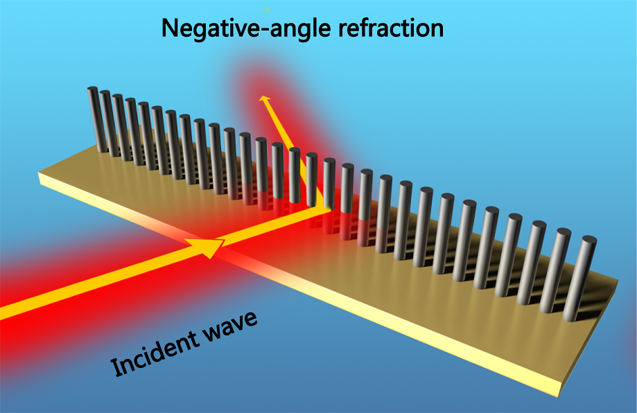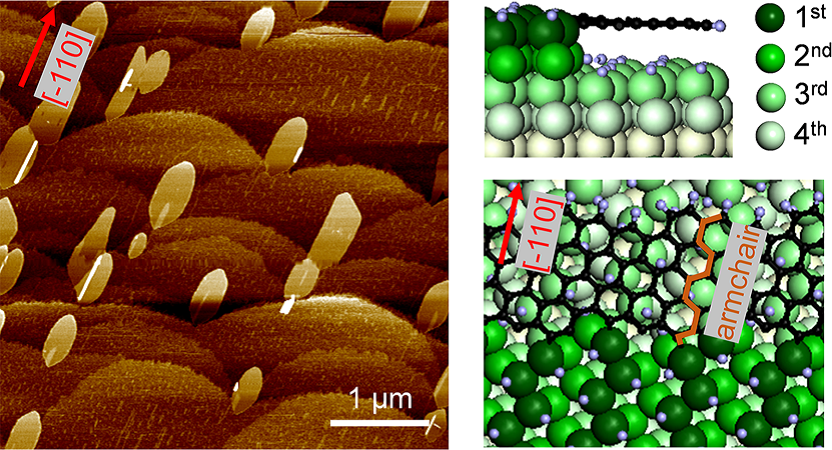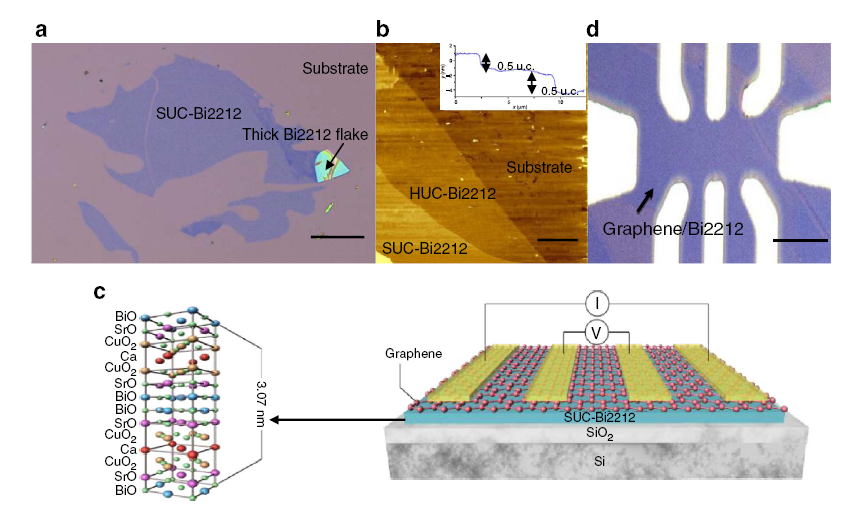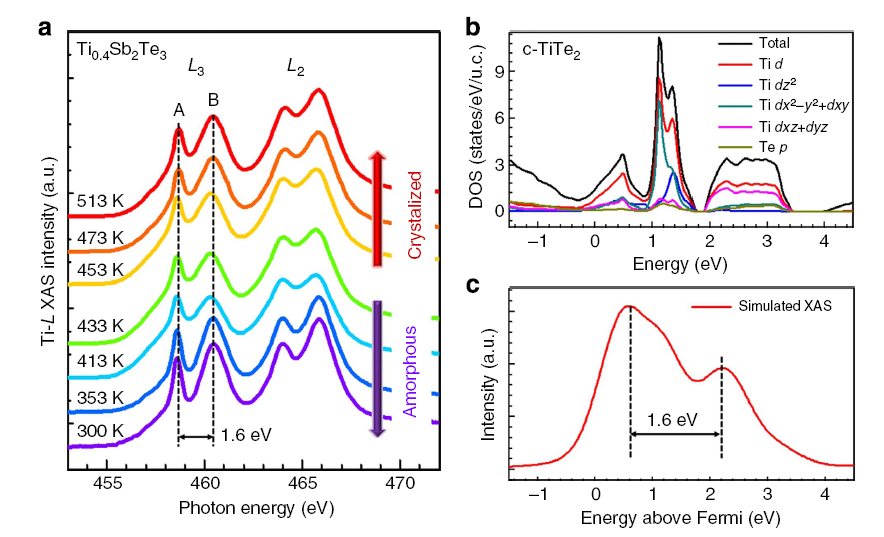-
09-06-2017
Absolute quantification of DNA methylation using microfluidic chip-based digital PCR
Hypermethylation of CpG islands in the promoter region of many tumor suppressor genes downregulates their expression and in a result promotes tumorigenesis. Therefore, detection of DNA methylation status is a convenient diagnostic tool for cancer detection. Here, we reported a novel method for the integrative detection of methylation by the microfluidic chip-based digital PCR. This method relies on methylation-sensitive restriction enzyme HpaII, which cleaves the unmethylated DNA strands while keeping the methylated ones intact. [ Learn more ]
-
09-06-2017
Experimental Demonstration of In-Plane Negative-Angle Refraction with an Array of Silicon Nanoposts
Controlling an optical beam is fundamental in optics. Recently, unique manipulation of optical wavefronts has been successfully demonstrated by metasurfaces. However, the artificially engineered nanostructures have thus far been limited to operate on light beams propagating out-of-plane. The in-plane operation is critical for on-chip photonic applications. Here, we demonstrate an anomalous negative-angle refraction of a light beam propagating along the plane, by designing a thin dielectric array of silicon nanoposts. The circularly polarized dipoles induced by the high-permittivity nanoposts at the scattering resonance significantly shape the wavefront of the light beam and bend it anomalously. The unique capability of a thin line of the...[ Learn more ]
-
09-06-2017
How Graphene Islands Are Unidirectionally Aligned on the Ge(110) Surface
The unidirectional alignment of graphene islands is essential to the synthesis of wafer-scale single-crystal graphene on Ge (110) surface, but the underlying mechanism is not well-understood. Here we report that the necessary co-alignment of the nucleating graphene islands on Ge (110) surface caused by the presence of step pattern; we show that on the preannealed Ge (110) textureless surface the graphene islands appear non-preferentially orientated, while on the Ge(110) surfaces with natural step pattern, all graphene islands emerge co-aligned. First-principles calculations and theoretical analysis reveal this different alignment behaviors originate from the strong chemical binding formed between the graphene island edges and the atomic ...[ Learn more ]
-
09-06-2017
High-Tc superconductivity in ultrathin Bi2Sr2CaCu2O8+x down to half-unit-cell thickness by protection with graphene
High-T-c superconductors confined to two dimension exhibit novel physical phenomena, such as superconductor-insulator transition. In the Bi2Sr2CaCu2O8+x (Bi2212) model system, despite extensive studies, it is difficult to determine the intrinsic superconducting properties at the thinness limit. Here, we report a method to fabricate high quality single-crystal Bi2212 films down to half-unit-cell thickness in the form of graphene/Bi2212 van der Waals heterostructure, in which sharp superconducting transitions are observed. The heterostructure also exhibits a nonlinear current-voltage characteristic due to the Dirac nature of the graphene band structure.[ Learn more ]
-
09-06-2017
Direct observation of titanium-centered octahedra in titanium-antimony-tellurium phase-change material
Phase-change memory based on Ti0.4Sb2Te3 material has one order of magnitude faster set speed and as low as one-fifth of the reset energy compared with the conventional Ge2Sb2Te5 based device. However, the phase-transition mechanism of the Ti0.4Sb2Te3 material remains inconclusive due to the lack of direct experimental evidence. Here we report direct atom-by-atom chemical identification of titanium-centered octahedra in crystalline Ti0.4Sb2Te3 material with a state-of-the-art atomic mapping technology. Further, by using soft X-ray absorption spectroscopy and density function theory simulations, we identify in amorphous Ti0.4Sb2Te3 the titanium atoms preferably maintain the octahedral configuration. Our work may pave the way to more thoro...[ Learn more ]





